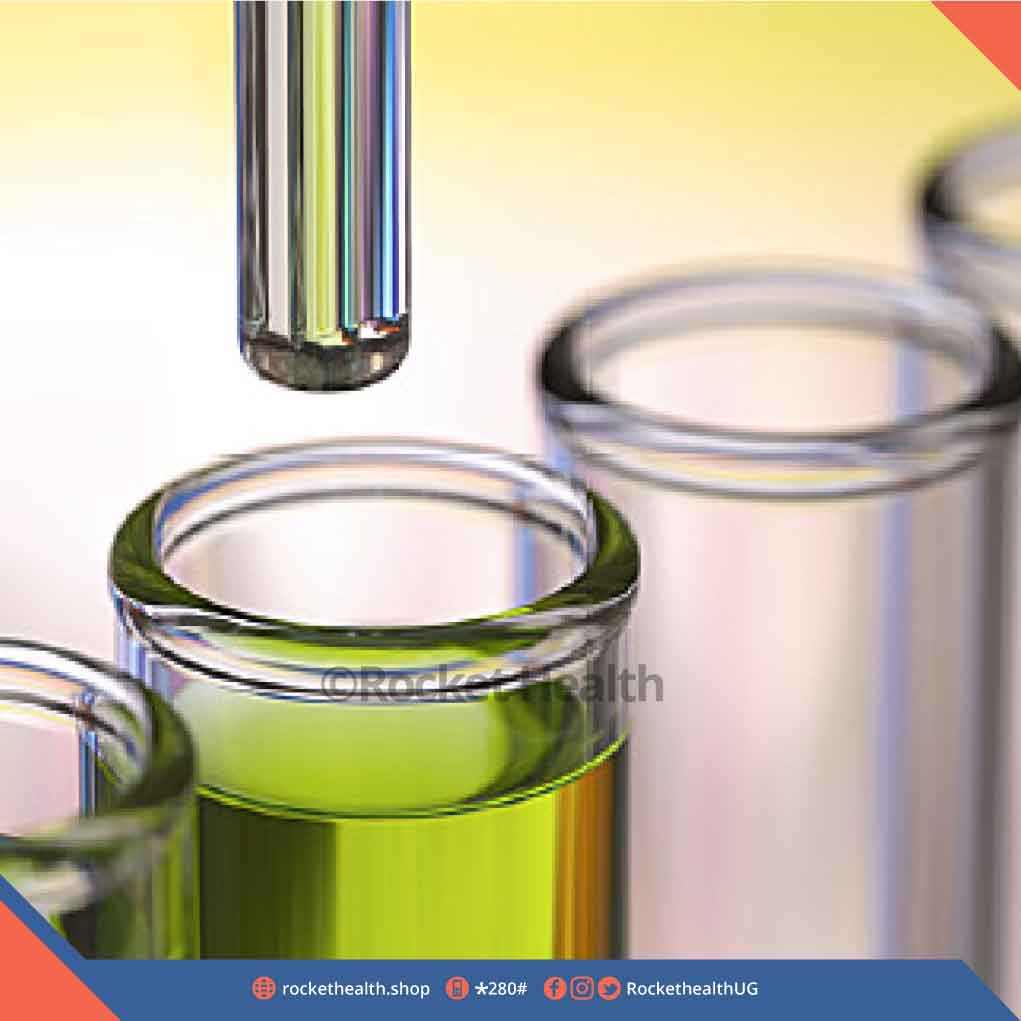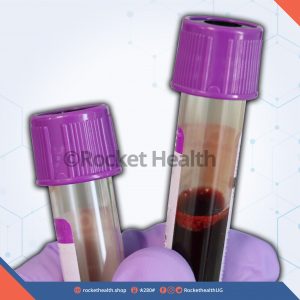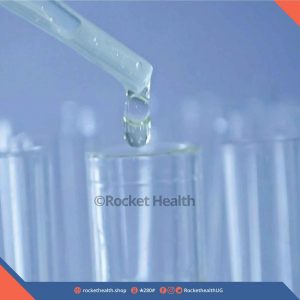Estradiol
UGX 50,000
An estradiol test is a simple blood test to measure the amount of estradiol hormone during assessment of fertility or treatment.
Blood.
None, but early morning samples are preferred and the timing of a woman’s sample will be correlated with her menstrual cycle or, if pregnant, with the gestational age of the baby.
Estradiol (E2) is primarily produced in the ovaries under stimulation of FSH and LH in pre-menopausal women and in the testicles in men. E2 is converted from E1 in post-menopausal women. It is the most potent estrogen and the one that is present in the highest concentration in non-pregnant, pre-menopausal women. E2 levels vary depending on a woman’s age and reproductive status. They are a good marker of ovarian function. Increased or decreased levels of estrogens are seen in many metabolic conditions i.e. Hyperthyroidism, Cirrhosis, Turner syndrome, hypopituitarism, female hypogonadism, Polycystic ovary syndrome.










